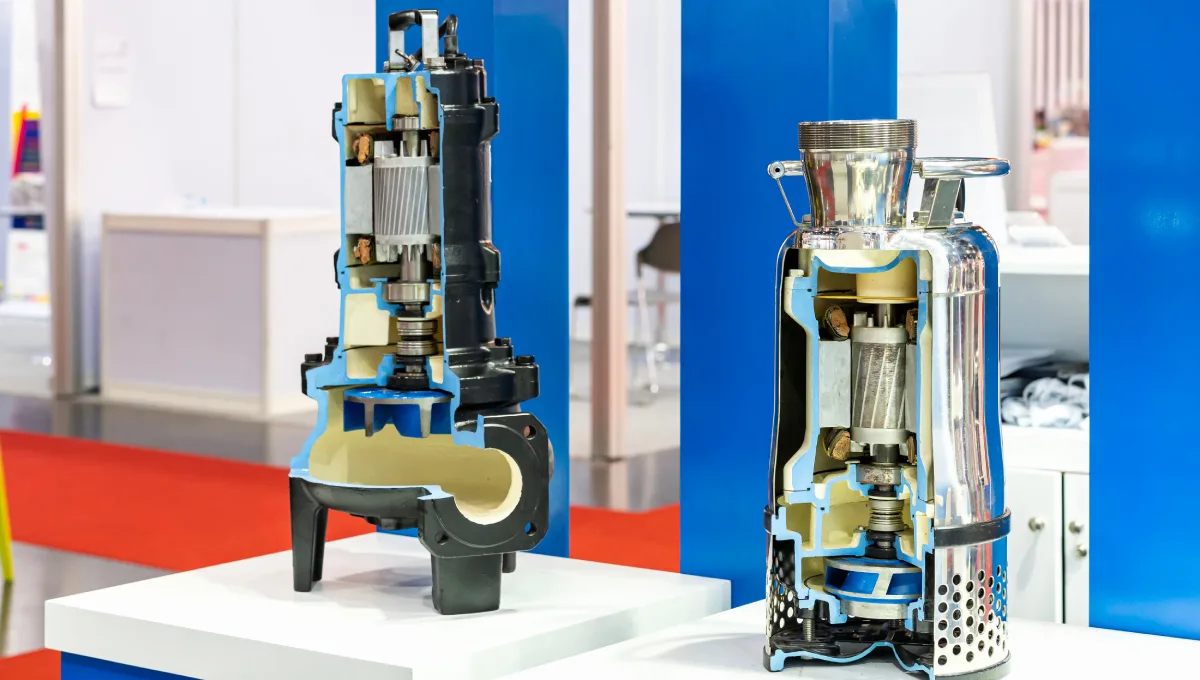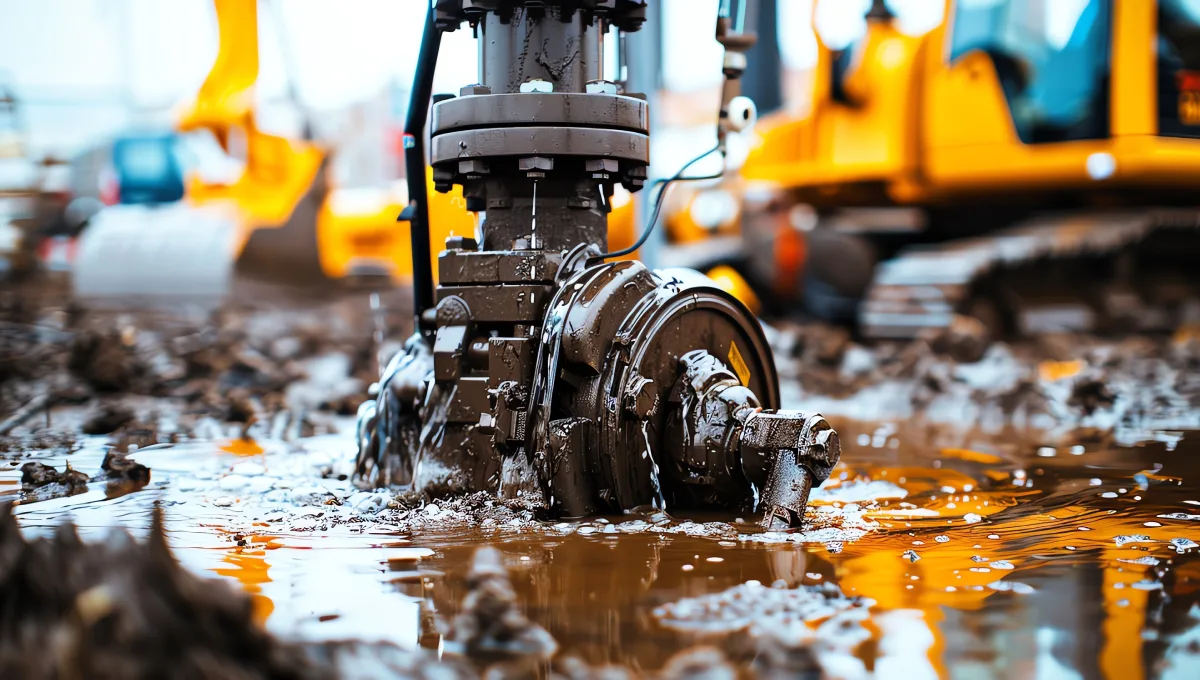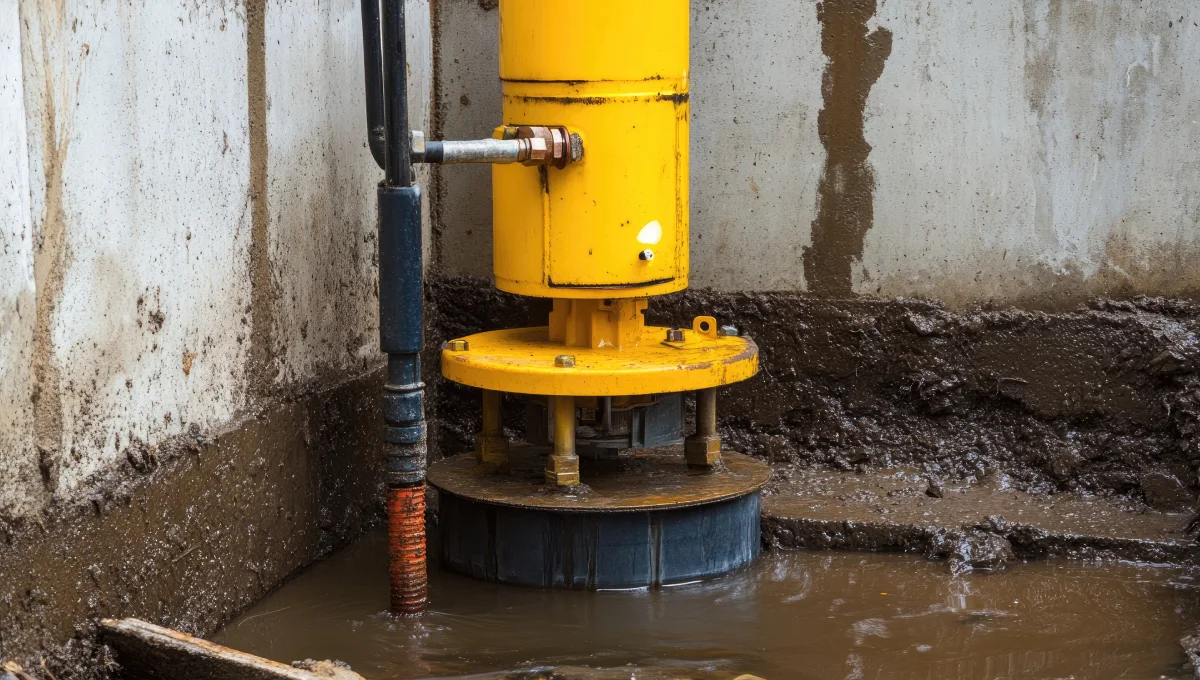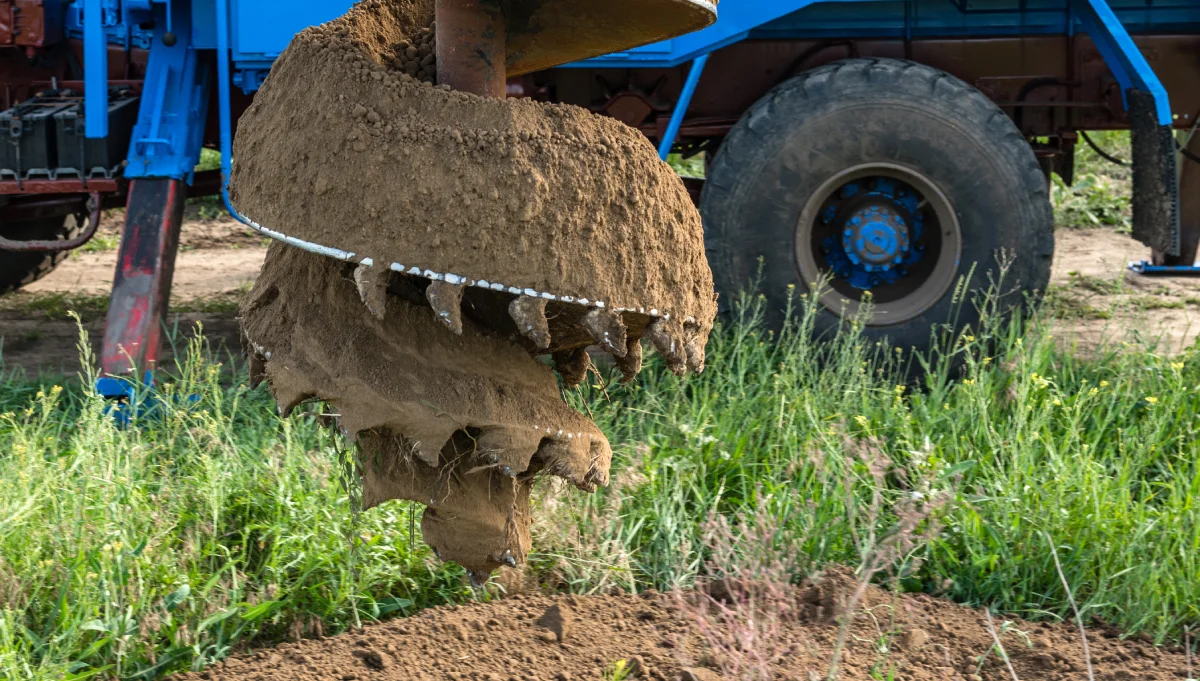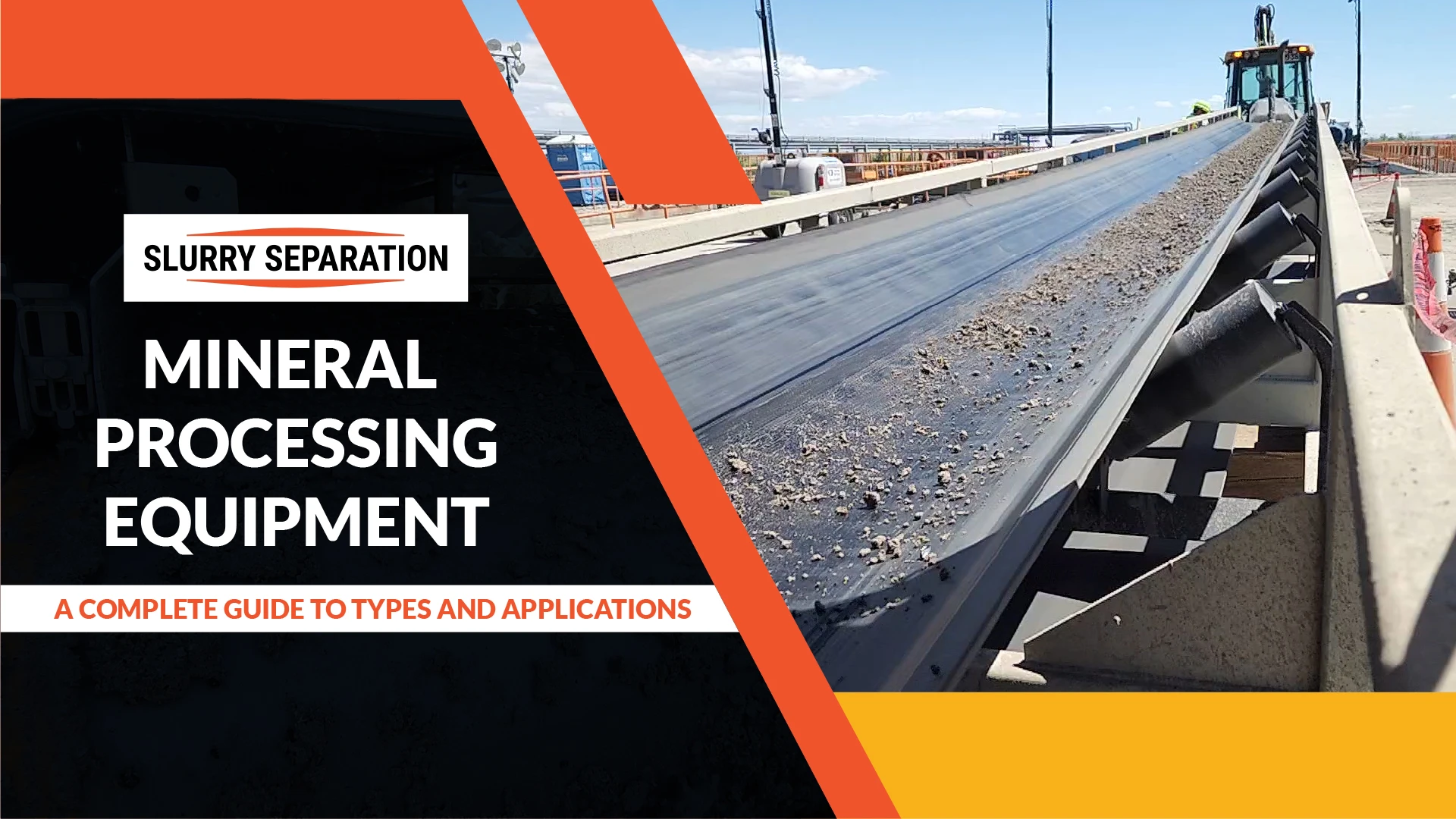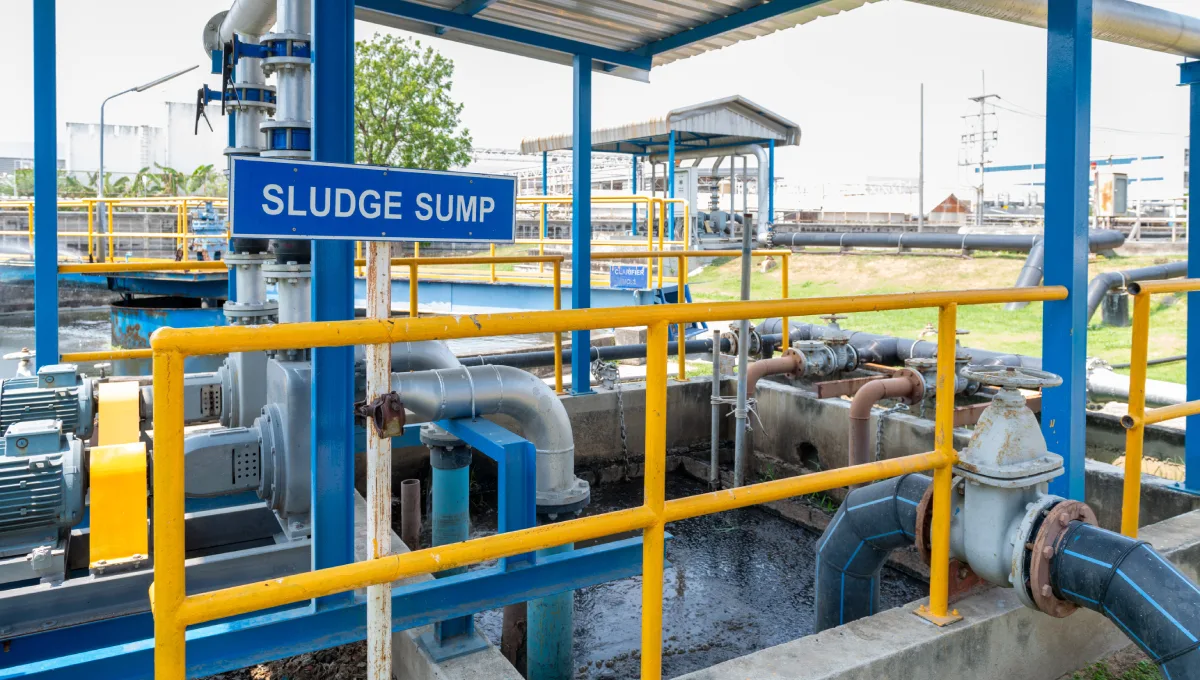- Introduction
- Understanding Sludge: What Are You Pumping?
- Types of Sludge Pumps and How They Work
- Key Factors to Consider When Choosing a Sludge Pump
- Matching the Pump to Your Application
- Common Mistakes in Sludge Pump Selection
- Maintenance and Reliability Considerations
- Sludge Pump Accessories and System Integration
- Why Work with a Reputable Supplier
- Conclusion
Introduction
A sludge pump is a vital tool in any industrial operation that requires moving thick, solid-laden fluids efficiently and reliably. From handling abrasive tailings in mining and heavy sludge in wastewater treatment to transporting fibrous waste in food processing facilities, these pumps are designed to manage challenging materials that standard pumps cannot handle. Without the right sediment pump in place, operations face significant risks, including unplanned downtime, clogged pipelines, environmental compliance issues, and accelerated equipment wear and tear.
Industrial sludge is far from uniform; it can be corrosive, highly viscous, or packed with abrasive particles. The complexity of sludge handling makes pump selection a critical process. Choosing the wrong model can result in energy inefficiencies, excessive maintenance, and premature system failures.
Whether you’re managing continuous operations or a seasonal job, options like a sludge pump rental can also offer flexible solutions without committing to a long-term investment. Even niche applications, such as maintaining water features or agricultural systems, may require a pond sludge pump designed to handle organic buildup and sediment.
This guide will walk you through the key factors in selecting the best sediment pump for your needs, ensuring efficient and long-term operation tailored to your application.
Understanding Sludge: What Are You Pumping?
Before selecting a sludge pump, it’s crucial to understand the exact type of sludge your operation needs to handle. Sludge is not just dirty water. It can vary significantly in its composition, consistency, and behavior. Choosing the wrong pump without analyzing sludge properties can lead to clogging, excessive wear, and system inefficiencies.
Types of Sludge:
- Thickened Sludge: Dense and slow-moving, with a high percentage of solids.
- Fibrous Sludge: Contains long organic or synthetic fibers that can tangle and clog standard pumps.
- Abrasive Sludge: Often found in mining and construction, containing sand, grit, or crushed rock particles.
- Corrosive Sludge: Includes chemicals or acidic substances that can damage internal pump components.
Key Properties to Consider:
- Viscosity: Affects motor power and pump flow rate.
- Solids Content: Determines the need for larger impeller clearances or non-clogging designs.
- pH and Chemical Composition: Guides the selection of corrosion-resistant materials.
- Temperature: Influences thermal ratings and seal performance.
For applications like wastewater lagoons or aquaculture systems, a pond sludge pump may be a better option. Meanwhile, renting a sludge pump can offer a short-term solution for dealing with unique sludge conditions or temporary operations. Understanding what you’re pumping is the first step to successful and reliable sludge management.
Types of Sludge Pumps and How They Work
Selecting the right sediment pump starts with understanding how different pump types operate and what applications they best support. Each pump design offers unique advantages for specific sludge conditions, ranging from low-viscosity wastewater to abrasive or fibrous industrial waste.
Centrifugal Sludge Pumps
These pumps use high-speed rotating impellers to generate velocity and pressure that move fluid through the system. They are ideal for low to medium-viscosity sludge with minimal solids.
Pros:
- Simple and affordable design
- High flow capacities
Cons:
- Easily clogged
- Poor performance with abrasive or thick sludge
Diaphragm (Positive Displacement) Pumps
Using flexible diaphragms that create suction and discharge, these pumps excel with thick, abrasive sludge and smaller volumes.
Benefits:
- Handles high-viscosity sludge
- Self-priming and can run dry
Limitations:
- Lower flow output
- Susceptible to wear if poorly matched to the fluid
Peristaltic Hose Pumps
These pumps gently move sludge by compressing a hose with a rotating roller. Ideal for shear-sensitive and high-solid content sludges.
Features:
- Minimal internal parts
- Easy to maintain
If you’re managing temporary operations or seasonal maintenance, a sludge pump rental can be a smart option. For light-duty jobs like lagoon cleaning, a pond sludge pump may be sufficient and easier to deploy.
Key Factors to Consider When Choosing a Sludge Pump
Choosing the right sediment pump involves more than just picking the first available model. Several technical and operational factors determine whether your pump will perform efficiently or lead to maintenance headaches and unexpected costs.
1. Flow Rate and Head Requirements
Start by calculating how much fluid you need to move and the vertical distance (head) it must travel. An undersized pump can’t keep up with demand, while an oversized one consumes excessive energy.
2. Solids Handling Capacity
Your pump should be able to handle the largest solids in your sludge stream. Look for large-clearance impellers or vortex-style pumps for improved reliability.
3. Material Compatibility
If your sludge is abrasive or corrosive, use pumps made from hardened or chemically resistant materials, such as stainless steel or high-chrome alloys.
4. Pump Efficiency and Energy Consumption
For continuous operations, an energy-efficient mud pump minimizes long-term costs.
5. Ease of Maintenance
Opt for pumps with fewer moving parts, sealless designs, or toolless access for faster maintenance and service.
6. Automation and Control Integration
Advanced features, such as variable frequency drives (VFDs) and remote monitoring, enable smarter control.
Whether you’re operating a treatment facility or cleaning a lagoon with a pond sludge pump, or managing temporary jobs with a sludge pump rental, selecting the right model upfront ensures lasting performance and cost control.
Matching the Pump to Your Application
Different industries require different sludge pumping solutions based on the nature of the sludge, operating environment, and performance demands. Choosing the right mud pump ensures reliability, compliance, and cost-efficiency.
Wastewater Treatment
Facilities operate 24/7 and face varying sludge compositions. Pumps must tolerate chemical exposure, fluctuating viscosities, and continuous duty cycles. Robust, low-maintenance mud pumps are essential.
Mining and Mineral Processing
Abrasive slurries and heavy solids demand pumps with hardened materials and clog-resistant designs. EDDY Pumps and peristaltic hose pumps perform well due to their non-clogging capabilities and durability.
Chemical and Food Industries
Applications here require pumps that are sanitary or corrosion-resistant. Diaphragm and peristaltic pumps are ideal for handling sensitive or reactive sludge, meeting hygiene and material compatibility standards.
Industrial Cleaning and Dewatering
Portable or skid-mounted units with rapid setup are preferred. A sludge pump rental is a practical solution for short-term jobs or emergency cleanouts.
Environmental and Remediation Projects
These often require submersible, solar-powered, or battery-operated pumps for use in remote areas. A pond sludge pump may be suitable for use in lagoons, retention ponds, or for sediment removal in water features.
Properly matching your pump to the application enhances performance, reduces wear, and extends the pump’s service life.
Common Mistakes in Sludge Pump Selection
Selecting the wrong mud pump can lead to performance failures, increased maintenance costs, and even complete system shutdowns. Avoiding common selection mistakes is essential to ensure long-term reliability and cost efficiency.
Oversizing or Undersizing the Pump
Choosing a pump that is too large can result in excessive energy consumption and cavitation. In contrast, an undersized pump may struggle to meet flow demands, leading to system strain and premature failure.
Ignoring Sludge Characteristics
Failing to account for the viscosity, solids content, or corrosive properties of the sludge can lead to clogged impellers, damaged seals, and frequent breakdowns. For example, using a standard pump for thick, fibrous sludge may lead to operational downtime.
Not Factoring Lifecycle Costs
A low upfront cost may seem attractive, but poor energy efficiency and constant repairs can make a budget pump more expensive in the long run. It’s important to evaluate the total cost of ownership.
Overlooking Material Durability
Using the wrong materials, such as mild steel in corrosive environments, can accelerate pump degradation. Always match pump materials with the type of sludge you are handling.
Whether you’re investing in a permanent system, considering a sludge pump rental, or planning maintenance with a pond sludge pump, avoiding these pitfalls will help ensure dependable and cost-effective sludge handling.
Maintenance and Reliability Considerations
A mud pump is exposed to some of the most demanding operational environments, handling viscous, abrasive, and corrosive fluids on a daily basis. To ensure long-term performance and minimize unplanned downtime, proactive maintenance strategies are essential.
Routine Inspection
Regularly check seals, impellers, and hoses for signs of wear, buildup, or damage. Preventive action helps avoid sudden failures and costly repairs.
Spare Part Availability
Always keep essential components, such as seals, hoses, and bearings, in stock. Quick access to parts can significantly reduce downtime during emergency repairs.
Predictive Maintenance Tools
Leverage monitoring technologies such as vibration, pressure, and temperature sensors to identify performance issues before they escalate. These tools are particularly useful in 24/7 industrial operations.
Design Matters
Choose pumps designed for durability in sludge environments. For example, EDDY Pumps have no close tolerances, which significantly reduces the risk of clogging and extends the life of components.
Whether you’re using a stationary industrial system or a portable pond sludge pump, reliability comes from both smart design and a disciplined maintenance program. In temporary projects or trial runs, a sludge pump rental can provide high-performing, well-maintained equipment with minimal ownership responsibilities an efficient way to ensure reliability without long-term commitment.
Sludge Pump Accessories and System Integration
A reliable mud pump is just one part of an effective sludge management system. To maximize performance, efficiency, and operational control, it’s essential to consider the full suite of accessories and integration components that support your pump setup.
Key Accessories:
- Suction Hoses and Strainers:
These prevent large solids and debris from entering the pump, which can cause damage or clogging, especially important in high-solid environments like mining or lagoon dredging. For applications such as pond cleaning, a pond sludge pump with a durable suction hose ensures consistent, clog-free operation. - Variable Frequency Drives (VFDs):
VFDs allow operators to adjust the pump’s speed in response to real-time demand. This not only improves energy efficiency but also extends pump life by reducing wear during periods of low flow. - Remote Monitoring Systems:
Pressure sensors, flow meters, and digital controllers provide visibility into pump performance. These tools support predictive maintenance, allowing operators to intervene before breakdowns occur. - Custom Control Panels:
Integrating your mud pump with SCADA or PLC systems gives you centralized control and automation, improving operational response and system coordination.
For temporary or emergency projects, a sludge pump rental that includes these accessories can deliver a turnkey solution, eliminating the need for in-house setup or configuration. Whether you’re working with permanent infrastructure or a mobile pumping setup, ensuring full system integration is critical for peak performance, safety, and long-term savings.
Why Work with a Reputable Supplier
Selecting the right mud pump is only part of the equation; choosing the right supplier is just as important. A reputable supplier not only helps you find the right equipment but also ensures that your system is designed, installed, and supported for long-term success.
1. Engineering and Application Support
Experienced suppliers offer expert consultation tailored to your specific sludge characteristics, site layout, and performance requirements. Whether you’re dealing with abrasive mining waste, corrosive industrial sludge, or organic sediment in a lagoon, a trusted supplier can recommend the ideal mud pump, including guidance on flow rates, material compatibility, and automation options.
2. After-Sales Service
Reliable support after installation is crucial. Look for suppliers that offer on-site training, commissioning assistance, and readily available spare parts. Troubleshooting support, whether remote or in-person, ensures that any issues are resolved quickly, minimizing downtime.
Whether you’re sourcing a permanent pump for a treatment plant or exploring a sludge pump rental for a temporary project, the right partner ensures a smooth experience. For specialized applications like cleaning out water features or sediment basins, a supplier offering the right pond sludge pump can save you time and hassle.
Working with a reputable supplier means fewer surprises, better performance, and peace of mind throughout the pump’s lifecycle.
Conclusion
Choosing the right sludge pump is far from a one-size-fits-all decision. Every operation presents unique challenges, whether it’s handling abrasive mining waste, fibrous sludge in food processing, or organic buildup in ponds and lagoons. The right solution depends on a careful assessment of your sludge type, flow rate, system layout, and long-term operational goals.
Understanding sludge characteristics and how they interact with different pump technologies helps you avoid common pitfalls, such as clogging, excessive wear, or energy inefficiencies. Whether you’re selecting a robust unit for 24/7 plant operations or a specialized pond sludge pump for sediment removal in shallow water, the decision should be based on more than just the initial cost.
Working with a reputable supplier ensures you receive tailored recommendations, properly matched accessories, and the support needed for smooth commissioning and reliable operation. For short-term jobs or temporary applications, a sludge pump rental can offer the flexibility and performance you need without a major capital investment.
If you’re unsure which pump is best for your application, don’t leave it to guesswork. Contact our team today for a free consultation or a custom quote. We’ll help you find the most efficient, durable, and cost-effective solution that matches your specific needs and keeps your operations running at peak performance.

